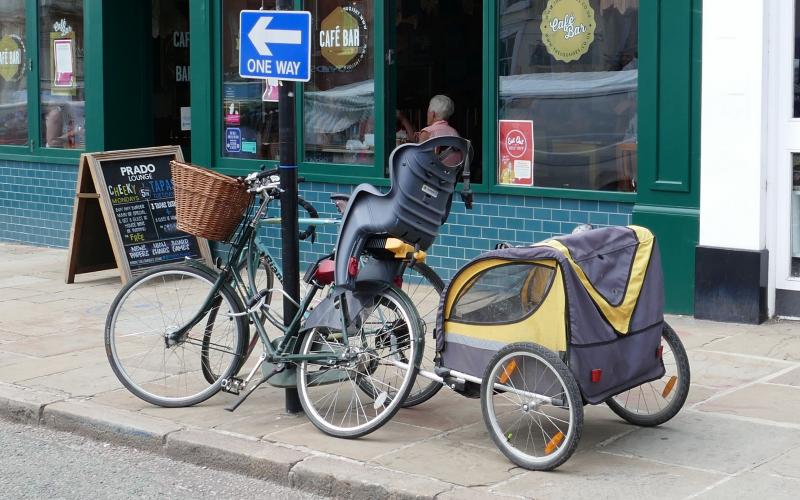Foreward
Foreward I have been studying how to achieve modal shift in Sudbury and the surrounding areas for a number of years. The following is a distillation of the main points of those studies.
I have spoken to many many people and sought their views which have influenced these findings. This report is to update Councillors of Sudbury, Melford, Babergh and beyond of the current situation and to present what I believe is required to improve cycling and walking by enabling these modes of transport to be carried out safely.
This report started during the pandemic but has grown as government policies have changed and local Councils have taken this much more seriously. This report will be periodically updated as required. The report builds on the work carried out by the Sudbury Town Council Cycling Group which I have continued and expanded upon. This has involved extensive research and discussions with such bodies as Sustrans, Suffolk County Council Transport Strategy, John Grimshaw Associates, Cycling UK, Long Melford Neighbourhood Watch, Cambridge Cycling Campaign, Sudbury Congestion Relief Community Forum and a number of local Councillors, cyclists, walkers, Triathlon runners and all manner of other interested parties.
The increases in funding available now make some of this work fundable. The funding available is nationally nowhere near the funding necessary to bring the UK up to the level of cycling of our european neighbours, the USA and even countries like Mexico, the United Nations suggested funding of £6 Billion per year whereas the current government has committed just £2 Billion over 5 years, but it is better than the pitiful funding available before 2020.
The Governments aim is to make cycling and walking the default mode of travel for all short journeys of less than 5 km (3 Miles). Encouraging people to walk and cycle and providing poor un-joined up cycling and walking infrastructure has failed to do this. The answer is safe infrastructure to an agreed standard that enables safe cycling and walking. This is the only solution proven to work.
We are not talking about cycling and walking for leisure, those cycling or walking purely for fitness or fun, but those cycling or walking for utility i.e. commuting to and from work, shopping and to schools and colleges. In terms of utility cycling Babergh has a terrible record according to the 2018 National Travel Survey, with 0.2% of people utility cycling five times a week only, two District Councils fared worse and they were in very remote hilly locations.
I am glad to see that Babergh passed a cycling strategy or action plan last month. It is a good start. However these plans need to be put together into a series of Local Strategic Cycling and Walking Investment Plans, which is done by Suffolk County Council and their resources are so few that such work has not been completed at all.
The next stage is to get all stakeholders and a selection of interested parties together to undertake a series of planning workshops. There are various approaches to this and should involve local cyclists, walkers, pedestrians and professionals to fill in gaps and ascertain the detail of what can be achieved. Prerequisite to this process
From discussions with CamCycle it became clear that such investment need not happen all at once and can come from a variety of sources, government and commercial Note much of the costs of these works are beyond the financial scope of CIL or Section 106 funding and would need to be funded by the Department for Transport to be achieved. This therefore needs a consistent, cross-party approach and lobbying by county, district, town and parish councils to achieve.
Credit due to Polly Rodger Brown for proof reading and Paul Horne of SCC for technical input.

